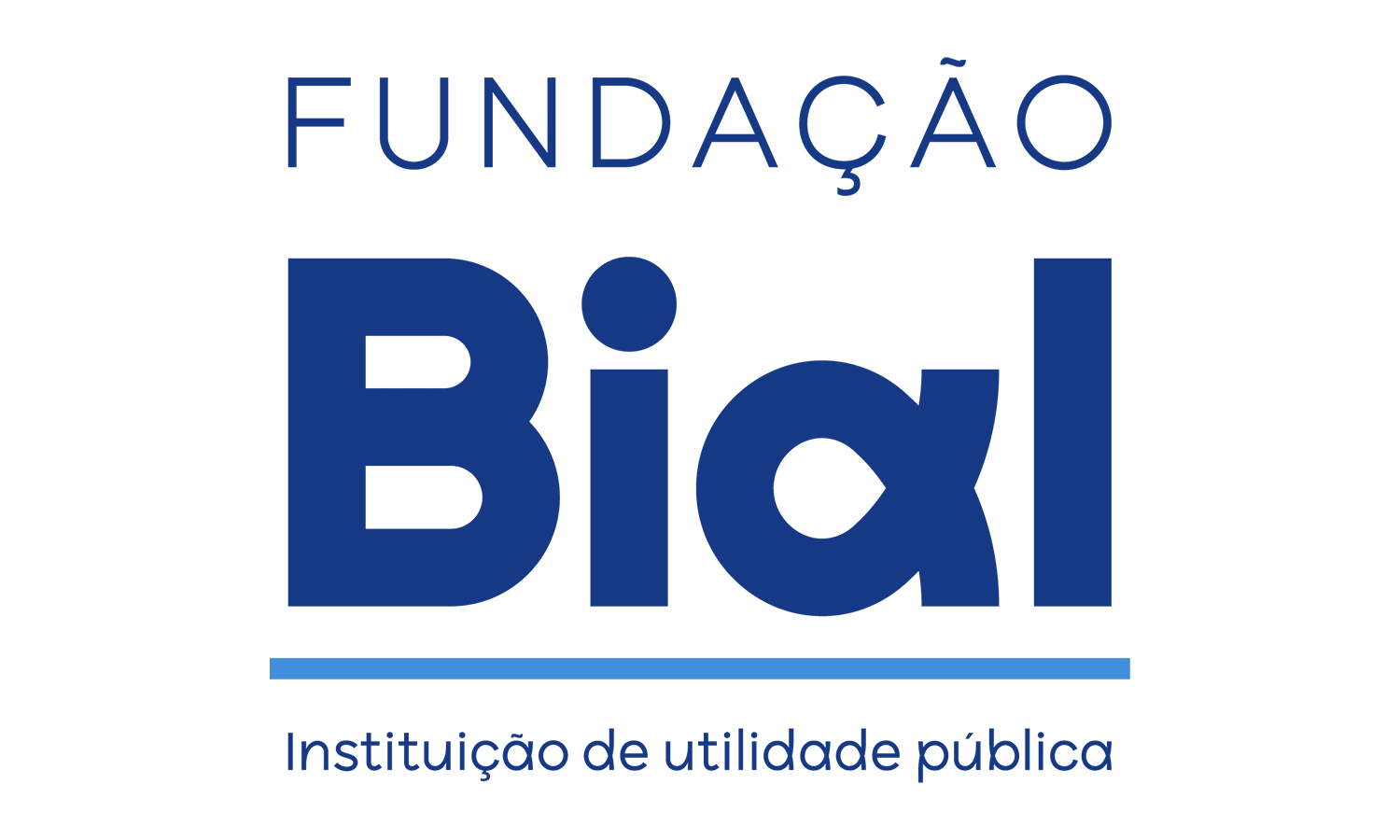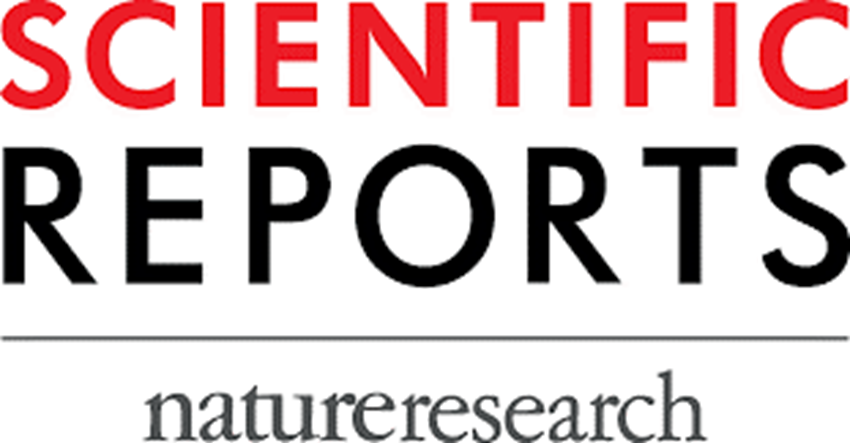Carlo Miniussi publicou no âmbito do projeto de investigação 51/16 - Cognitive plasticity: Modulation and monitoring through a neurophysiological approach, apoiado pela Fundação BIAL, o artigo Effects of different transcranial direct current stimulation protocols on visuo-spatial contextual learning formation: evidence of homeostatic regulatory mechanisms na revista Scientific Reports.
“In the present study we tested the effects of different transcranial direct current stimulation (tDCS) protocols in the formation of visuo-spatial contextual learning (VSCL). The study comprised three experiments designed to evaluate tDCS-induced changes in VSCL measures collected during the execution of a visual search task widely used to examine statistical learning in the visuo-spatial domain. In Experiment 1, we probed for the effects of left-posterior parietal cortex (PPC) anodal-tDCS (AtDCS) at different timings (i.e. offline and online) and intensities (i.e. 3 mA and 1.5 mA). The protocol producing the more robust effect in Experiment 1 was used in Experiment 2 over the right-PPC, while in Experiment 3, cathodal-tDCS (CtDCS) was applied over the left-PPC only at a high intensity (i.e. 3 mA) but varying timing of application (offline and online). Results revealed that high intensity offline AtDCS reduced VSCL regardless of the stimulation side (Experiment 1 and 2), while no significant behavioral changes were produced by both online AtDCS protocols (Experiment 1) and offline/online CtDCS (Experiment 3). The reduced VSCL could result from homeostatic regulatory mechanisms hindering normal task-related neuroplastic phenomena.”
































































































